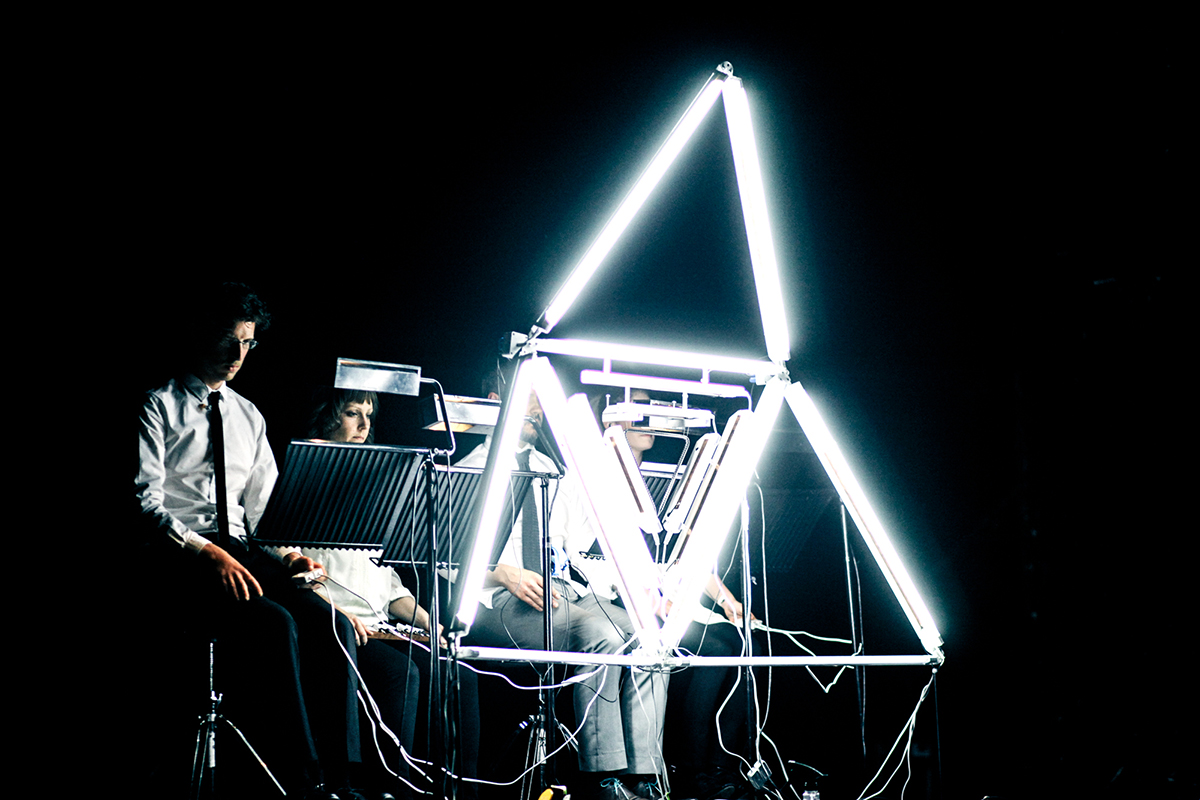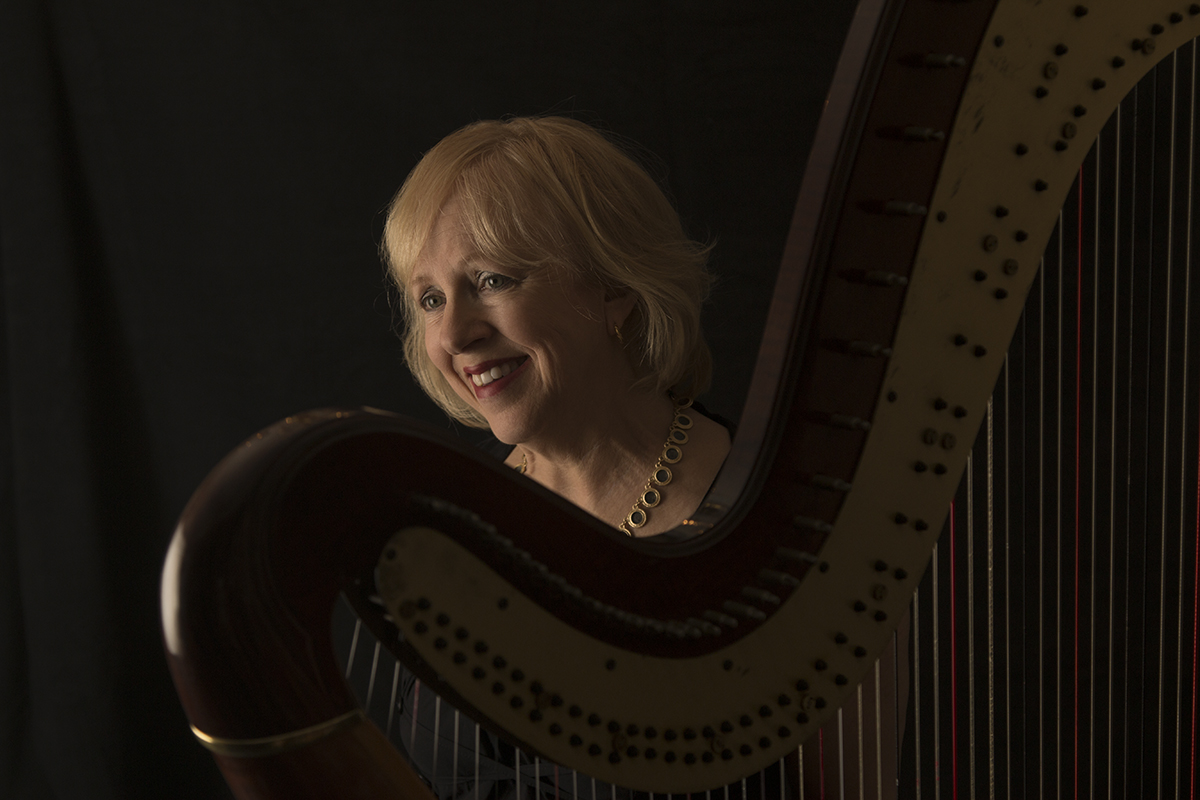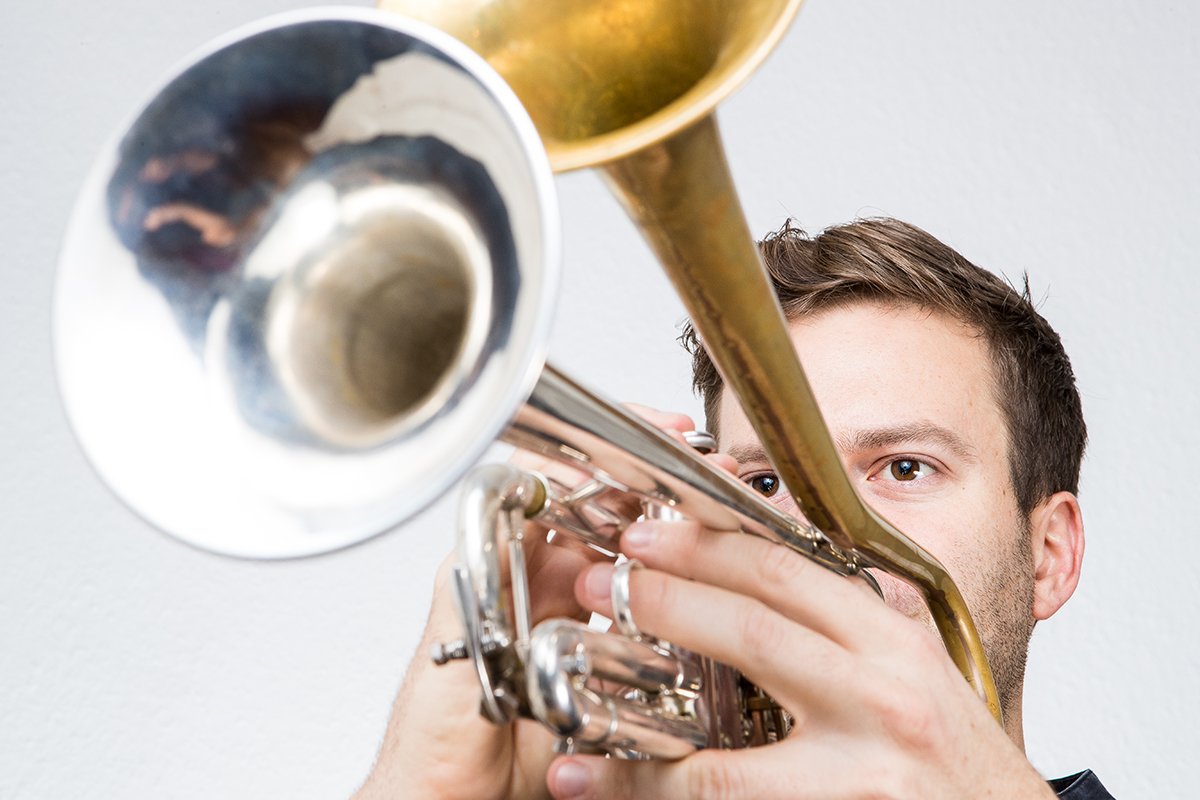
Totally Huge Festival: A time for new music
Tos Mahoney, Artistic Director of Western Australia’s Tura and its annual Totally Huge New Music Festival has come up with a highly attractive program for the 2017 event, revealing the extraordinary range of today’s contemporary music-making and featuring works with wide appeal. Leading American composer Anne LeBaron will be in residence; Melbourne’s award-winning Speak Percussion will present their compellingly crafted creation Fluorophone and lead the 100-piece performance of American composer Michael Pisaro’s A wave and waves. These are works that will be as exciting to watch as to listen to and, in A wave and waves, to sit amid.
I spoke with Mahoney by phone, asking him about the choices he’s made. He’s emphatically open to chance, telling me, “the process ends up being curatorially improvisational. Taking clear intention out of it ends up making for more interesting connections and juxtapositions not necessarily planned for.” The important thing, he says, is that each of the choices “has its own story.” I ask what the story is behind the programming of LeBaron, whose operatic works, easily accessed on YouTube, have impressed me with their inventiveness and accessibility.

Anne LeBaron, photo courtesy Totally Huge New Music Festival
Anne LeBaron
Mahoney explains that he’d long known of LeBaron’s work as an expander of harp technique and as a composer, but that the connection with her came through a young Perth musician, experimental harpist Catherine Ashley who, he says, “has been developing her own work with electronics and improvisation with the harp and has worked with Tura both last year and this on Wreck projects in the outback, including the recent one in Warmun with Jon Rose [read about Wreck in a forthcoming edition of RealTime]. Out of that collaboration with Catherine we thought it would be fantastic to invite Anne to Perth for the whole festival to be artist in residence. She’s not just a harpist but a composer, thinker and philosopher. She was the obvious choice for the keynote for the festival conference as well.”
Mahoney’s looking forward to LeBaron’s semi-improvised Concerto for Active Frogs, which is for a large ensemble (with Perth’s iMprov Collective), vocalist and field recordings of frogs. (LeBaron’s concern over the widespread reduction of frog populations and their diversity led to the making of a music theatre piece titled Croak, or The Last Frog.)
Speak Percussion, Fluorophone
A festival highlight is bound to be Speak Percussion’s Fluorophone in which music and visual components strikingly synthesise in works composed for what is effectively a quite theatrical installation using an array of percussion instruments, fluorescent lights, lasers and matches too. Video excerpts, Gail Priest’s review of the performance at SONICA and an interview with Speak Percussion provide ample encouragement for audiences to experience this ensemble’s radical expansion of the realm of percussion.
A wave and waves
That realm is huge in a Speak Percussion-led performance of American composer Michael Pisaro’s A wave and waves, a work for 100 musicians in which, writes the ensemble, “the audience sits among the performers to experience the music as if part of an ocean of sound. Colossal percussive waves are created by layers of imperceptibly soft sounds — sandpaper on stone, seeds falling on glass, bowed bells — forming a textural landscape bristling with detail.”
Mahoney tells me that “after two full weekends of rehearsal,” the work will be performed at the Midland Railway Workshops, an ideal place for a work of this scale. He explains that A wave and waves is not conducted as such: instructions are followed from large screens. A musician who participated in the Australian premiere at the 2015 Melbourne Festival, has written a vivid account of what it feels like to be part of this musical organism.
Ross Bolleter, Quarry Music
One of WA’s most significant musical figures is Ross Bolleter whose works with and for ruined pianos are legendary. In what he says will be his final appearance, he’ll perform Quarry Music with pianos “in surround and with other sounds,” says Mahoney. “The work is inspired by the Claremont Dump, which no longer exists but is the site of new sports arenas and the state swimming centre, and the gas from the dump provides energy for the sporting activity.” Quarry Music will be recorded and placed in the West Australian New Music Archive.
Rick Snow & Chris Tonkin, Daybew
New Orleans artist Rick Snow, another international guest of the festival, has been working with Chris Tonkin, Head of Composition at the University of Western Australia, on a most unusual project, Daybew, which promises to generate a new music album at every push of a button. As to how this device, named Mississippi Swan works, the festival’s program notes give some indication: “Beginning with the notion of ‘originality as synthetic’— a fusion of existing ideas and information — the artists implement custom text-to-speech algorithms, assembling lyrical material from tweets and news feeds originating in Mississippi Swan’s home cities of New Orleans and Perth. This vocal content is accompanied by algorithmically generated rhythmic and harmonic musical structures derived from popular electronic music idioms.”

Callum G’Froerer, photo courtesy the artist and Totally Huge New Music Festival
More Totally Huge
For a very different take on the use of information, in a concert titled DDC: Glitch, Japanese artists Kouhei Harada (electronics), Mitsuaki Matsumoto (prepared biwa) and Shohei Sasagawa (experimental video) creatively embrace the loss of data and its effects. Mahoney tells me that these artists have a strong connection with the Perth ensemble Decibel whose own concert Electronic Concerto will feature co-composed works for solo electronic musicians and ensemble, including one by Catherine Ashley. Callum G’Froerer, a Western Australian composer and trumpet player based in Berlin since 2015, will present a recital of new electro-acoustic works featuring the double-bell trumpet, “an instrument never seen on Australian stages.” A program note explains, “A second bell allows for graceful transitions between different tone colours, new methods of articulation, and for allowing acoustic and electronically processed systems to occur simultaneously within the one instrument.”
Gathering to face the big questions
The festival conference, provocatively titled Embracing the Irrational: The Sonic Arts in a Post-Factual World, says Mahoney, “runs for a full day with Anne LeBaron as keynote speaker and about 15 papers being presented across the day.” Speakers include Adelaide’s Melody Watson and Dan Thorpe whose paper, “A Discourse Analysis of Wikipedia’s LGBT Composers Category,” posits them as “Candidates for Deletion.”
“Without being clichéd, Keith,” says Tos Mahoney of Totally Huge, “it’s the notion of a festival being much more than all the individual parts that counts. It is about that gathering, that energy, that exchange, the things that come out of a festival like this as much as the actual events and performances themselves.”
–
Tura New Music, 13th Totally Huge New Music Festival, Perth, 19-21 Oct
Top image credit: Fluorophone, Speak Percussion, photo Robert McFadzean






